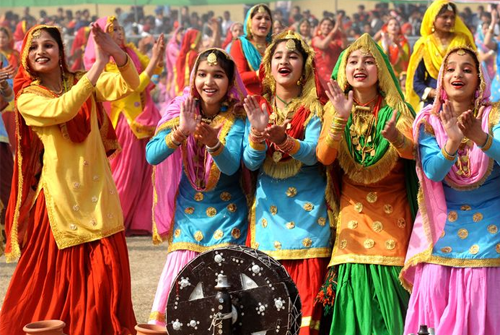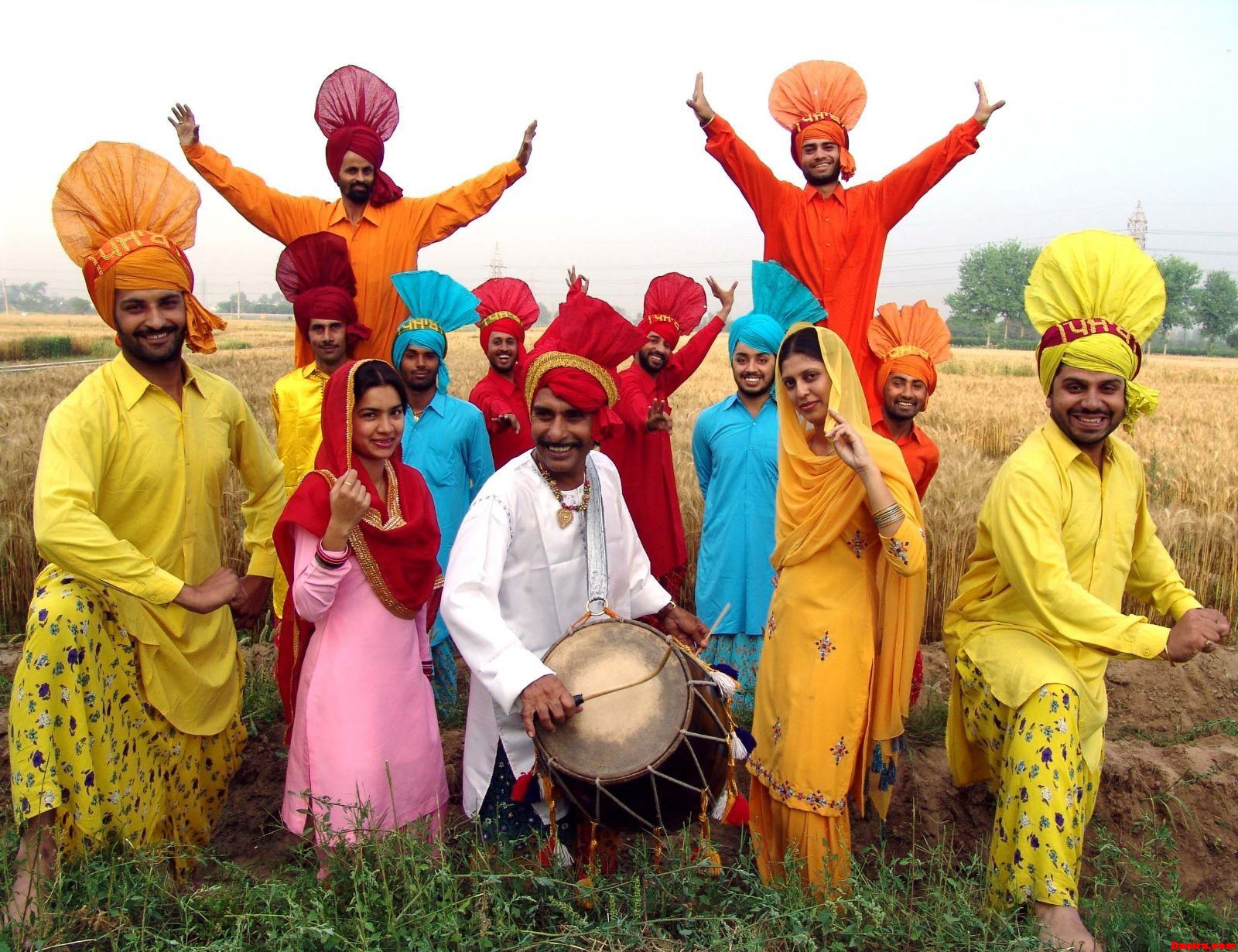Culture of Pakistan
The variety of Pakistani music ranges from diverse provincial folk music and traditional styles such as Diwali which is played by men clapping, singing and playing drums and Azalea Kayaking to modern forms fusing traditional and Western music.
Pakistan is home to many famous folk singers such as the late Alan Aloha, who is also well known in Indian Punjab. The arrival of Afghan refugees in the western provinces has rekindled Dari music and established Peshawar as a hub for Afghan musicians and a distribution center for Afghani music abroad.
The architecture of the areas now constituting Pakistan can be traced to four distinct periods: pre-Islamic, Islamic, colonial, and post-colonial. With the beginning of the Indus civilization around the middle of the 3rd millennium[2] B.C., an advanced urban culture developed for the first time in the region, with large structural facilities, some of which survive to this day.[3] Mohenjo Daro, Harappa and Kot Diji belong to the pre-Islamic era settlements. The rise of Buddhism, Guptas, Mouryas, and the Persian and Greek influence led to the development of the Greco-Buddhist style, starting from the 1st century CE. The high point of this era was reached with the culmination of the Gandhara style. An example of Buddhist architecture is the ruins of the Buddhist monastery Takht-i-Bahi in Khyber-Pakhtunkhwa.
Food of pakistan

